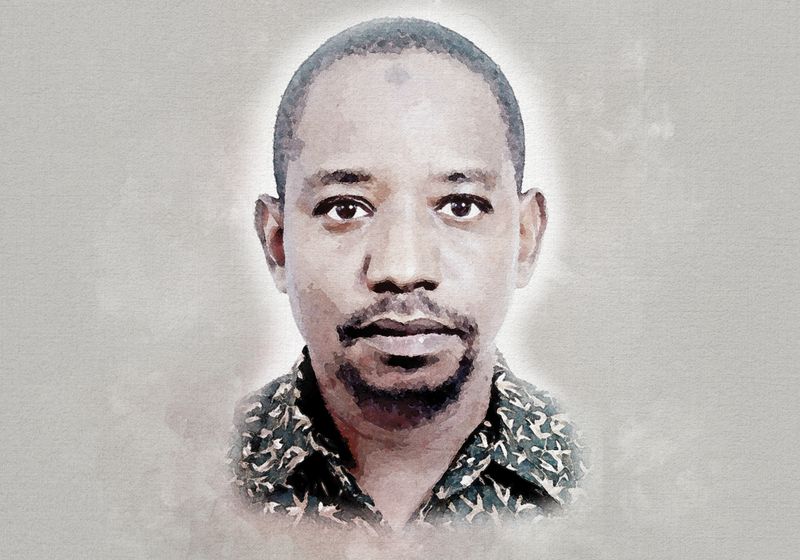Fascinated by light since childhood, this postdoc now pioneers optical techniques that merge lasers, microscopy, and materials science.
Q | Write a brief introduction to yourself including the lab you work in and your research background.
My name is Abdullahi Usman. I was born and raised in Nigeria. I obtained my B.Sc. in Physics from Bayero University, Kano, in 2009, and my M.Sc. in Electronics from the same university in 2015. I worked as a lecturer in the Department of Physics with Electronics at the Federal University Birnin Kebbi, Nigeria, from 2015 to 2019.
Currently, I am a research assistant specializing in areas such as optical waveguides, optical thin-film imaging, digital holography, integrated optics, and optical and radio communication. I am proficient in several software tools, including MATLAB, SCAPS, Origin, ImageJ, and Python. My recent research focuses on optical sensing using interferometric techniques, thin-film thickness measurement, microscopic pattern analysis, and fingerprint detection. I also have extensive experience in thin-film modeling and simulation, particularly with perovskite materials, and have contributed to several publications in high-impact journals, as detailed in my résumé. In addition, I have developed expertise in quantum lasers through previous projects.
Q | How did you first get interested in science and/or your field of research?
From a young age, I was fascinated by the way simple observations could explain complex natural phenomena. I often found myself asking questions about how things worked—why the sky changes color, how light bends through glass, or how machines respond to human control. This curiosity gradually grew into a passion for science, as I realized it offered not only answers but also tools to create new possibilities.
During my undergraduate studies, I became especially drawn to optics and nanomaterials, where the interaction of light and matter opens doors to innovations in communication, health, and energy. Working on research projects allowed me to connect theoretical knowledge with practical experimentation, sparking a deeper interest in applying science to solve real-world challenges. Over time, this journey shaped my focus on interdisciplinary research that combines materials science with computational methods, particularly machine learning.
Science, for me, is not just a career path but a way of thinking—an endless pursuit of understanding and discovery that continuously motivates me to explore, innovate, and contribute to knowledge that benefits society.
Q | Tell us about your favorite research project you’re working on.
My favorite research project is to apply experimental physics to further enhance my research expertise by bridging my background in laser physics with advanced microscopic measurement techniques in physics. Gaining a deeper understanding of experimental physics will enable me to develop precise, laser-based diagnostic tools for probing microscopic applications, material physics, and beyond.
Q | What do you find most exciting about your research project?
The most exciting part of my scientific journey so far has been the moment when theory and practice came together during my research projects. One highlight was working on the design and fabrication of optical devices, where I could see abstract mathematical models and simulations transform into real, functional systems. Observing how light behaved in a waveguide I had designed was not only rewarding but also reinforced my belief in the power of science to bridge imagination and reality.
Equally exciting has been the opportunity to contribute to interdisciplinary research, particularly where optics, nanomaterials, and machine learning converge. The process of training algorithms to analyze complex data or predict material properties gave me a sense of contributing to the future of science—where computation and experimentation work hand in hand.
Beyond the research itself, sharing my findings with peers, receiving feedback, and connecting with a broader scientific community has been deeply motivating. These experiences remind me that science is not only about discovery but also about collaboration and impact, which makes the journey both meaningful and inspiring.
Are you a researcher who would like to be featured in the “Postdoc Portraits” series? Send in your application here.

